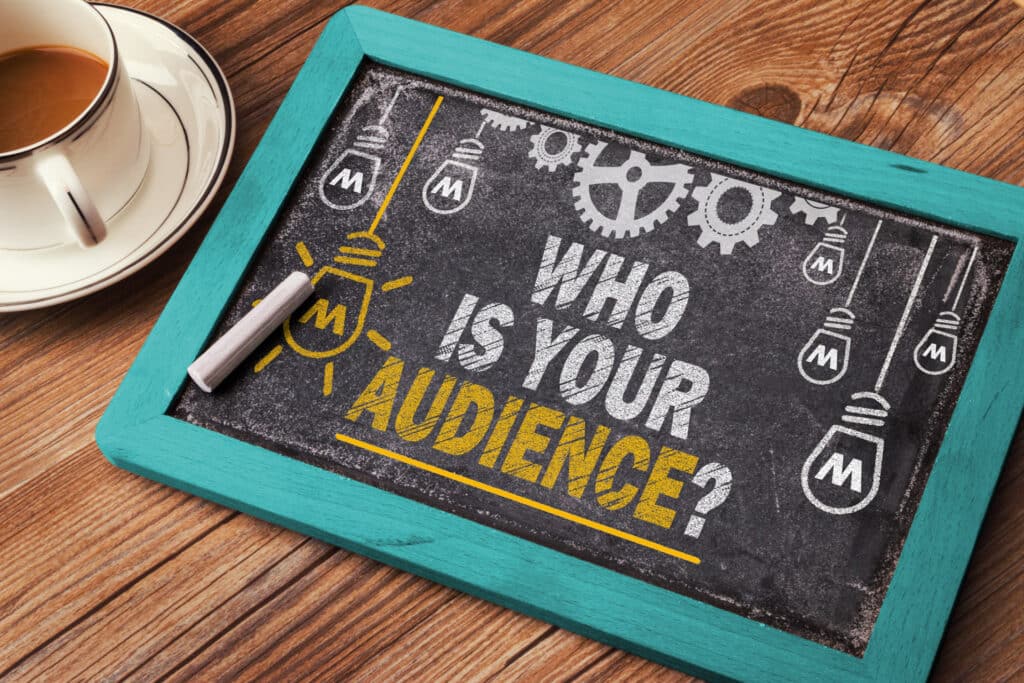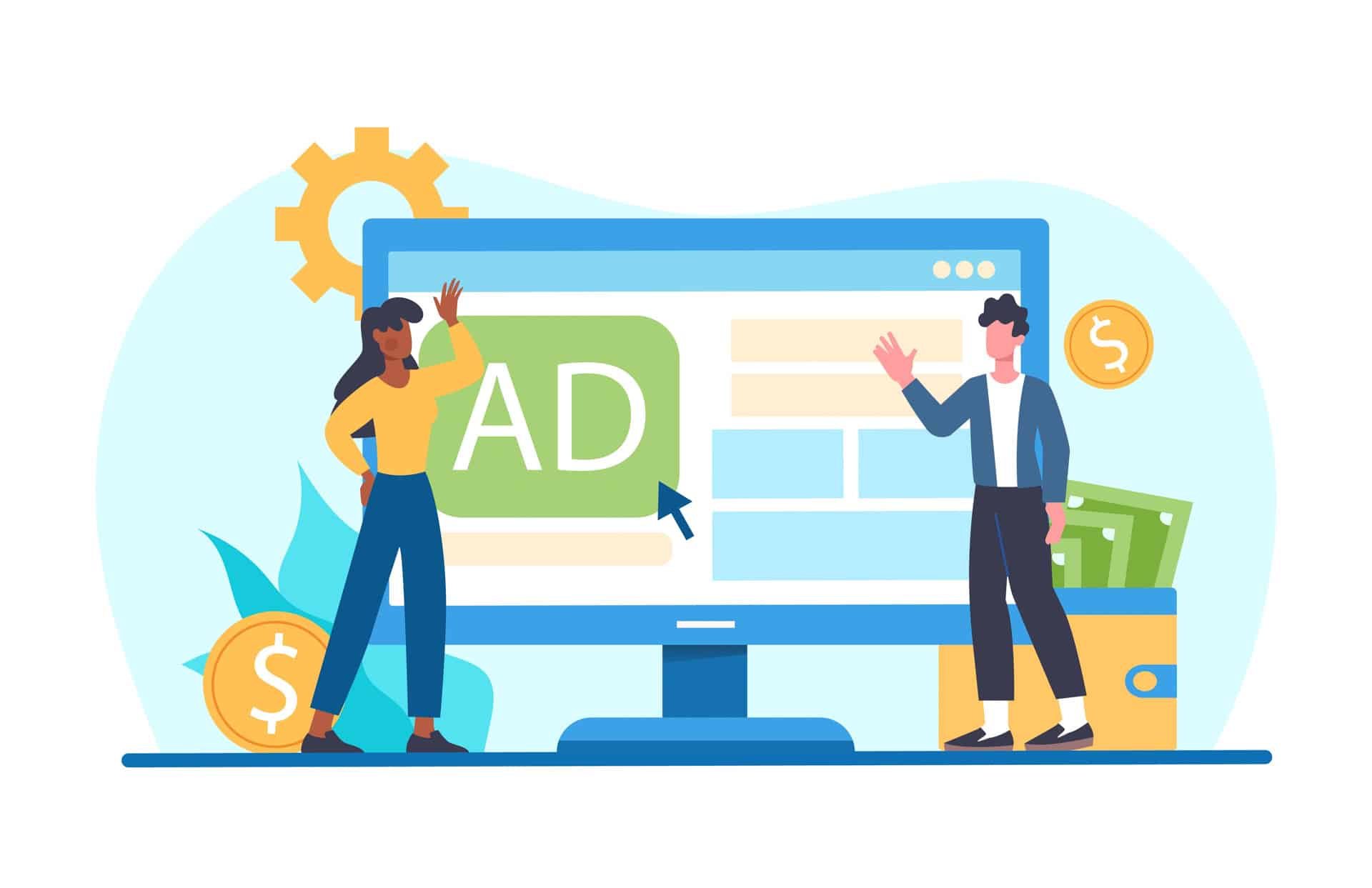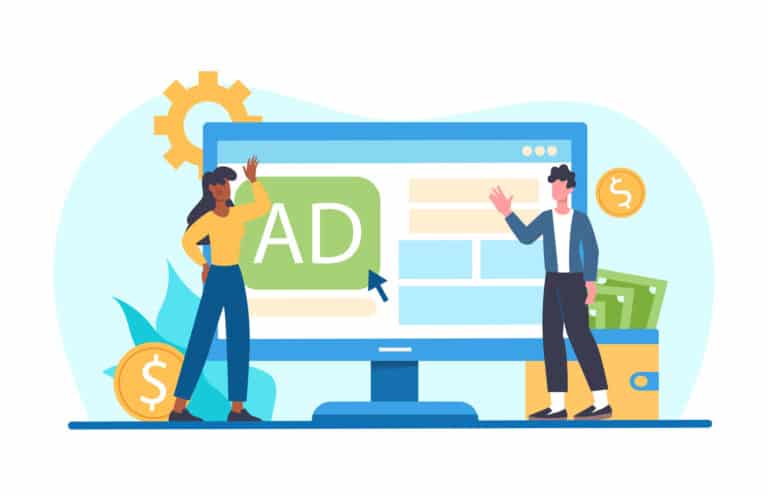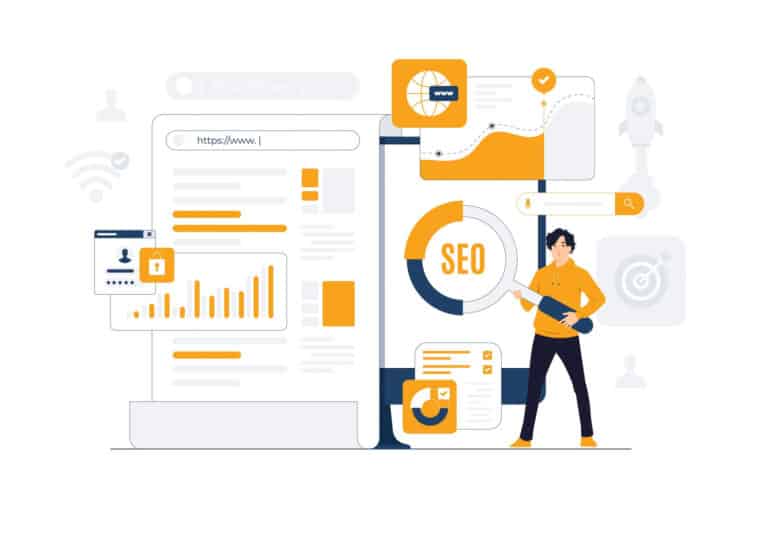Do you know the difference between target audiences and buyer personas? If you are not familiar with these terms you may assume that they are interchangeable, but there are big differences between them, and you’ll use each one for different purposes!
Today we will look at what target audiences and buyer personas are, what the differences are, and when you should use each. Knowing the differences between them and when to use each will aid you in creating a successful marketing strategy.
What is a Target Audience?
A target audience is an overview of a business’s customer base. This includes information such as age, gender, personality, income and much more.
We can break these traits into two general categories: demographic traits and psychographic traits. We’ll take a look at what those are and why they’re important below.
When we look at these sets of traits, we can get a better understanding of how our target audience thinks and acts, letting us tailor our marketing strategy to our audience.
Demographics
Demographics traits are the basic characteristics your customers have in common; this includes things such as age, gender, education and income. Knowing the demographics of your audience helps you understand who your audience is. For example – let’s say your target market has large amounts of disposable income. When you want to market to your audience, words like premium, luxury, and high-quality might be key terms to describe your product to that audience.
Psychographics
Psychographics, on the other hand, go into a little more detail about your target audience. They might capture information such as lifestyle, interests, values, and your audience’s typical personality.
With these details you can put yourself in their shoes and understand exactly what they want to know about you and your company.
Let’s take a travel agency as an example. If you own a travel agency, your target audience would probably have an interest in travelling, exploring the world, and be more adventurous than your average person. Would you offer more all-inclusive packages or merely flights and hotels?
This would depend again on the psychographics of your audience – are they coming to you because they value the best deal, or because they don’t want to have to deal with the hassle of researching and booking tours, restaurants and sight-seeing themselves? When you know the psychographics of your audience, you’ll be much better able to answer these questions.
How does a target audience look like?
After gathering some information about your target audience, your typical target audience might look like the below:
Gender: 70% Male, 30% Female
Age: 25-35 years old
Education: College
Annual Income: €25,000 – €35,000
Location: Central Dublin
Interests: Cheap travel, adventure-based travel, solo travel.
With this information, you can now create a suitable marketing strategy for this target audience.
What is a Buyer Persona?
A buyer persona is a deep dive into details about the buyer which include their career, lifestyle, interests and personality. It describes an individual profile within a larger target audience to help you be more specific with targeted campaigns. Think of a target audience as a team, and a buyer persona as one of the players within the team!
Sections that you include in a buyer persona include background, identifiers, goals, challenges, and how your company can help.
Background
A persona’s background are personal details, such as where they live, where they wrok, what their family situation looks like, and what a typical day might look like. This information is important as this gives a quick idea of what their day-to-day life is like.
Identifiers
These include interests, values and the personality of the persona. By adding this, it allows you to start thinking about what types of messaging would work best for this type of persona.
Goals/Challenges
What does your buyer need? What are their goals – and how can your business help them achieve those goals – and what are the challenges your business can help them overcome? Figuring out your persona’s goals and challenges will help you create a strategy that focuses on solving that customer’s problem.
What does a buyer persona look like?
A buyer persona will go into more detail than your target audience, allowing you to picture an individual you might be marketing to. Here’s an example:
Background: Matt has time and money to spend and wants to explore the world.
Demographics: He is in his 30s, makes €40,000-€60,000 a year and lives in Dublin.
Identifiers: He is young, passionate, motivated, and optimistic, and he finds his information on Facebook and Google.
Goals: Matt has gone on many solo trips across Europe and is now in a better position to explore the world. He wants to help figure out how to plan trips outside of Europe.
Challenges: He is unsure of who to trust but is optimistic about finding the right travel agency.
What We Can Do: Our travel company can educate him about what we do, how we’re different and what the results will look like.
What are the Advantages of Target Audiences & Buyer Personas?
Taking a one-size-fits-all approach will not help increase sales for your company. Instead, make use of both target audiences and buyer personas to speak to the people who are most likely to buy the product or service you are offering.
Target audiences and buyer personas can help improve your company in the following ways:
Building loyalty & trust – people tend to stick with companies who speak directly with them.
Increased brand likeability – by communicating personally with the customers, you will make your own brand more likeable which can increase both sales and referrals.
Attract more valuable leads – By putting your focus on the type of people who like your business, you’ll waste less money on irrelevant referrals.
Conclusion
We hope you now have a better understanding of the differences between Target Audiences and Buyer Personas. This can be helpful when setting out your marketing strategy on who to target and how you should go about it. If you’re looking for help or a brand consultation, don’t hesitate to get in touch.





